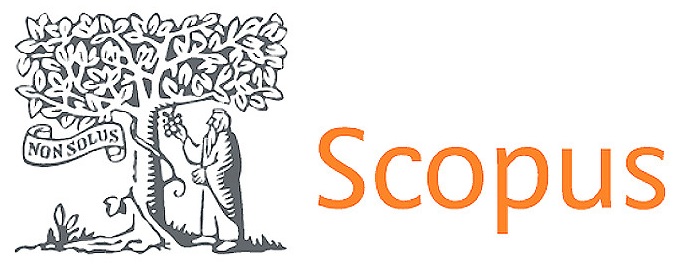Educational inclusion in universities: strategies for the integration of students with disabilities
DOI:
https://doi.org/10.56294/sctconf20251780Keywords:
school inclusion, higher education, students with disabilities, accessibility, school tutoringAbstract
This study analyses educational inclusion in Latin American universities through a mixed-methods approach that combines a systematic documentary review with survey data collected from students with disabilities. The research explores how institutional policies, pedagogical practices, and physical environments influence the inclusion process in higher education. The findings reveal both progress and persistent challenges in implementing inclusive strategies. While some universities have adopted support mechanisms such as personalized tutoring and academic accommodations, significant limitations remain. These include fragmented institutional policies, insufficient teacher training on inclusive education, and enduring architectural and attitudinal barriers that hinder full participation. The study underscores the importance of creating accessible learning environments that consider the diverse needs of all students and integrating inclusive pedagogies as part of regular teaching practices. It also highlights the necessity of raising awareness among university communities to combat prejudice and foster a culture of equity. Furthermore, it identifies the role of educational innovation in promoting active participation and improving learning outcomes for students with disabilities. The study concludes that advancing inclusion in higher education requires a holistic and coordinated approach that aligns institutional commitment, inclusive policy development, infrastructure accessibility, and pedagogical transformation to ensure quality education and equal opportunities for all.
Downloads
Published
Issue
Section
License
Copyright (c) 2025 Santiago José Romero Torres, Elizabeth Magdalena Recalde Drouet, Juan Andrés Romero Torres, Carlos Fabián Naranjo Viteri (Author)

This work is licensed under a Creative Commons Attribution 4.0 International License.
The article is distributed under the Creative Commons Attribution 4.0 License. Unless otherwise stated, associated published material is distributed under the same licence.



